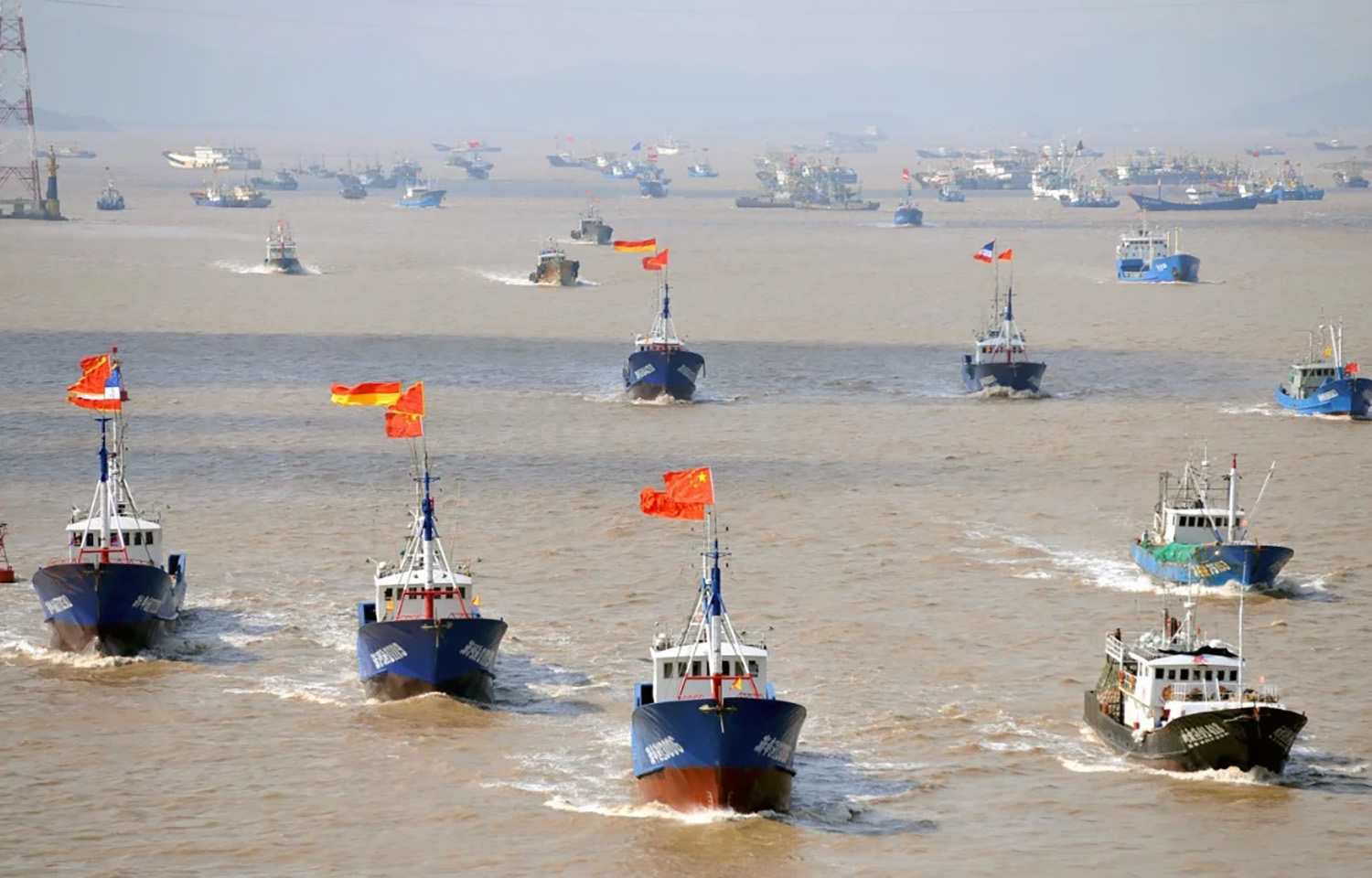A Chinese vessel caught illegally fishing in Peru’s exclusive economic zone (EEZ) has only suffered a small punishment for its actions, with Peruvian authorities fining the infringing vessel PEN 242 (USD 65, EUR 60).
The negligible sanction on the Tian Xiang vessel provoked the ire of Peru’s National Society of Artisanal Fishing (Sonapescal), which called the penalty “laughable” and said the fine does not repair the environmental damage caused by the vessel or discourage future vessels from fishing illegally.
In 2023, more than 150 foreign vessels entered Peru’s EEZ without using the satellite devices required by Peruvian law for fishing activities; so far this year, the total has reached 35, according to Sonapescal.
What makes the situation especially tough to swallow, according to the organization, is that Peruvian officials often charge heavy fines to small-scale fishers caught under the same circumstances.
“[Authorities] impose exorbitant fines on artisanal fishermen, initiate criminal proceedings against us, freeze our bank accounts, and confiscate our boats and fishing equipment,” Sonapescal Vice President Edwin Houghton told La República.
Peru’s Ministry of Production (PRODUCE), which oversees the country’s fishing activity, has acknowledged the country's fishing regulations need to be revised in order to deter illegal activity.
According to Sonapescal, four more foreign ships were improperly authorized to enter Peruvian waters in May, despite not having the proper tracking devices as mandated by supreme decree 016-2016-PRODUCE. All four vessels – Ning Tai 11, Zhou Yu 908, Pu Yuan 827, and Hua Ying 78 – have a history of illegal activity and labor abuse, Sonapescal said.
The association has asked the Ministry of Defense and PRODUCE to intensify inspections of foreign vessels entering Peru’s exclusive economic zone.
South American countries have had issues with foreign fleets fishing illegally in their national waters for years. The U.S. has recently sought to aid South American governments with deterrence of illegal fishing in the region, which is estimated to cost them and South American companies billions of dollars in revenue annually.








